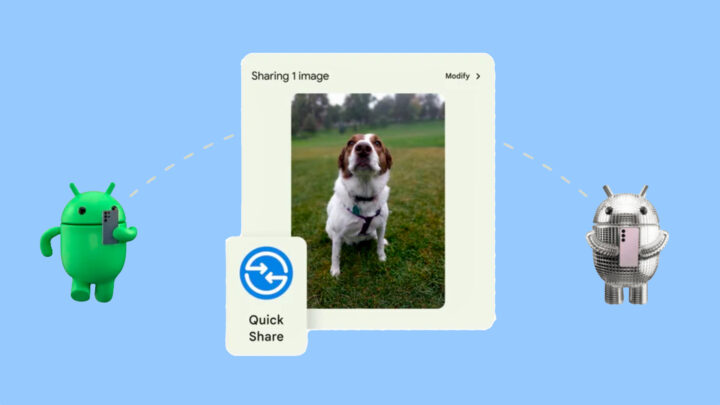
Google’s Nearby Share merges with Samsung’s Quick Share for file sharing

A few days ago, it was revealed that Google could merge its Nearby Share file-sharing feature with Samsung’s Quick Share. Now, Google has made it official. Google’s Nearby Share has been merged into Samsung’s Quick Share, which has now become the default file-sharing system for Android.
You don’t need to dabble with two file-sharing systems anymore.
Google collaborates with Samsung to make Quick Share Android’s default file-sharing system
During the ongoing CES 2024 expo in Las Vegas, USA, Google made a few announcements related to Android. One such announcement was the rebranding and merging of Nearby Share, which was the default file-sharing system for Android (phones and tablets) and Chrome OS devices. Nearby Share has been merged with Samsung’s Quick Share file-sharing system. It means the newer version of Quick Share will be the default file-sharing system on all Android and Chrome OS devices. The new feature, which now has a new logo, will start rolling out next month, according to Google. It means the new system will roll out as a part of the Google Play System update.
Google says the new version of Quick Share has the best aspects of both Nearby Share and Quick Share. So you can share documents, files, images, links, text, videos, and more quickly and efficiently between Android and Chrome OS devices. Google will also update the Nearby Share for Windows app so you can share files with computers running Windows 10 or Windows 11 as well. Right now, the Nearby Share for Windows app doesn’t support computers using ARM processors, but Google could update that app to support ARM chips as well.
The company has also announced that it is working with PC and laptop makers to pre-install Quick Share on their devices, and LG has been named the first partner. Future laptops from LG will come pre-installed with the Quick Share feature. With a quick tap, you can see which Quick Share compatible devices are available nearby and share files with them wirelessly. As usual, you can choose who can share files with you (only you, your contacts, or everyone nearby) through privacy settings.



